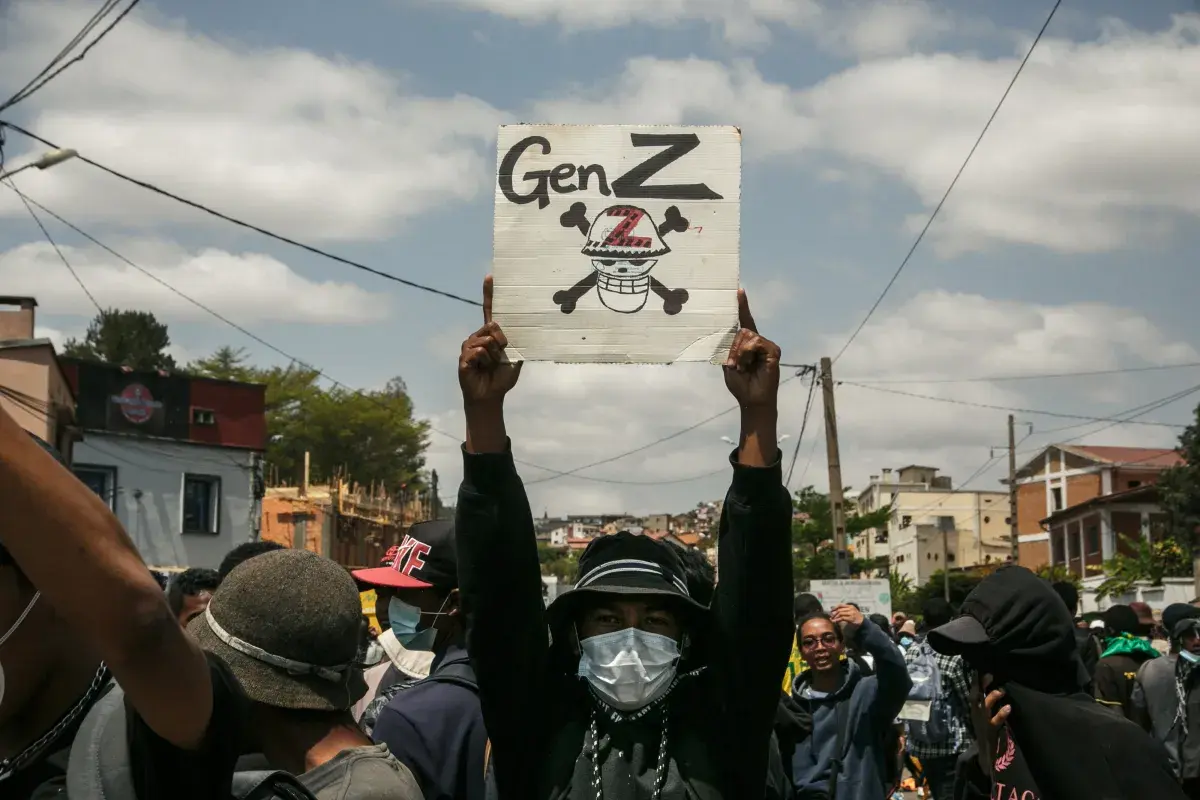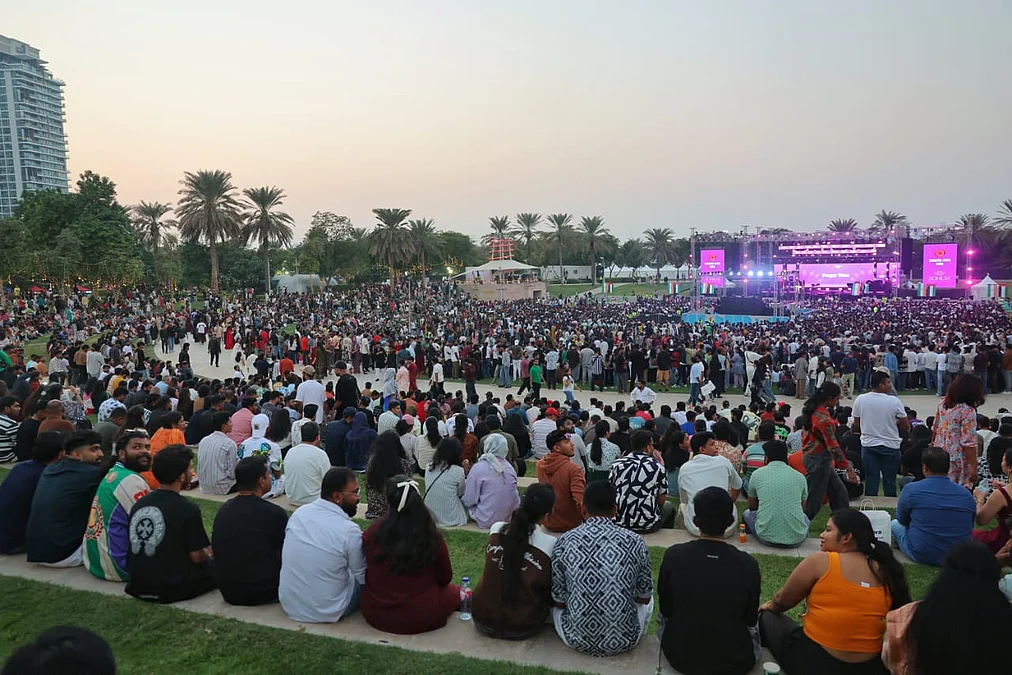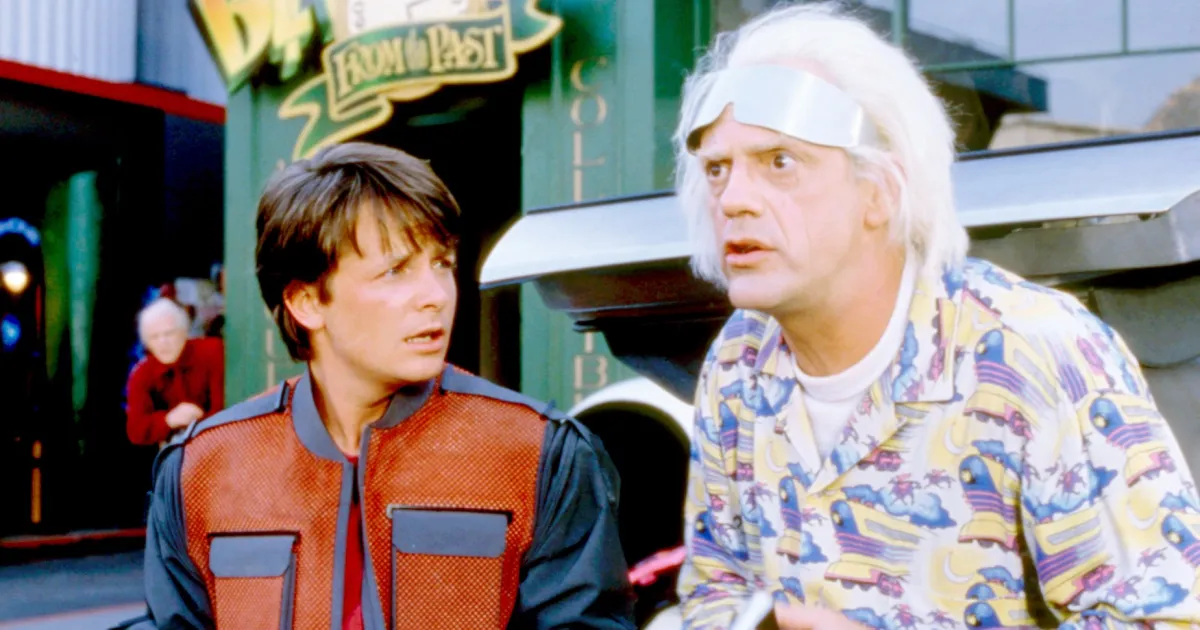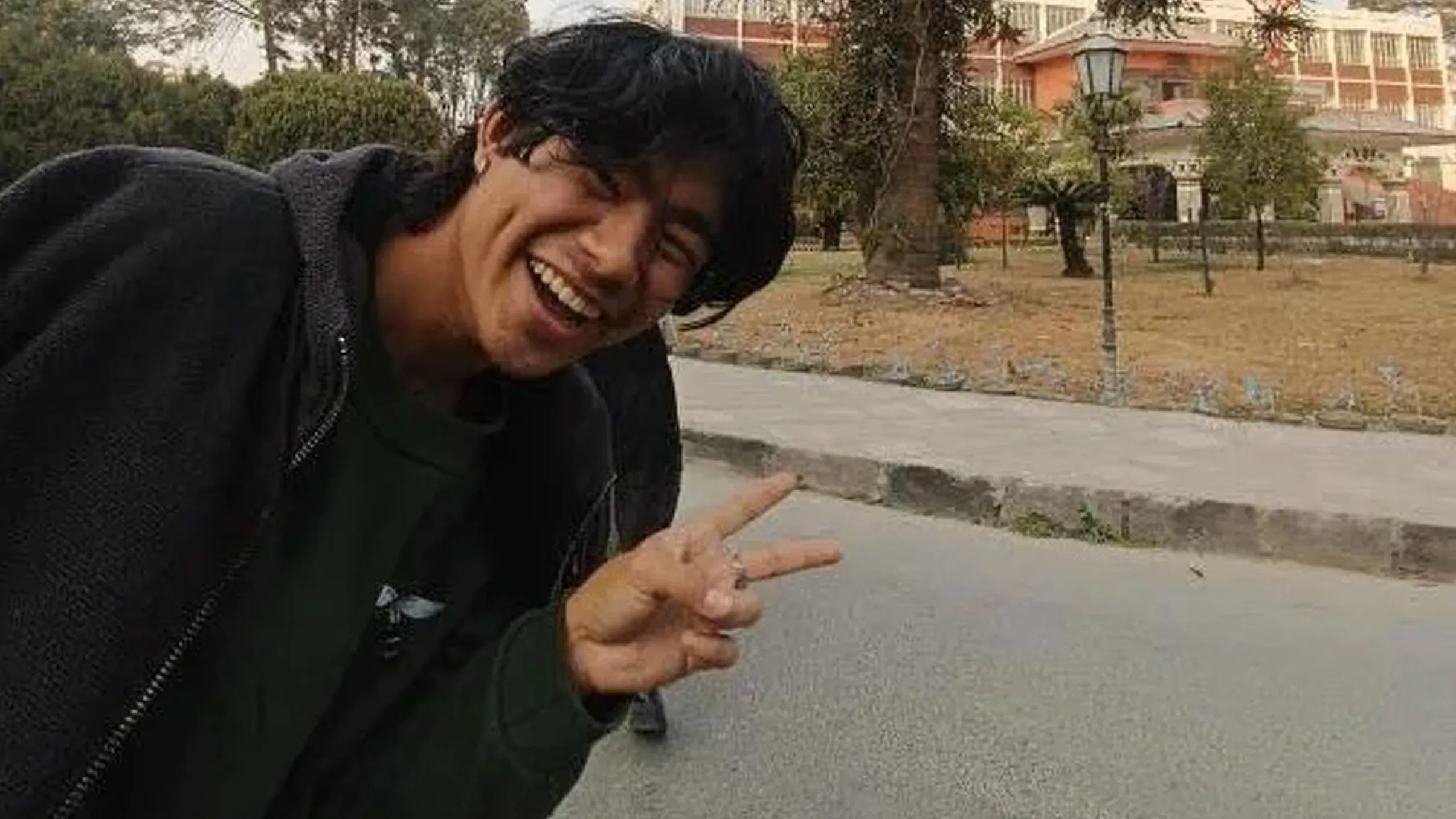Copyright Newsweek

By Amir Daftari Uncertainty hangs over the new wave of youth uprisings shaking capitals from Madagascar to Morocco. Spontaneous demonstrations—angry, meme-fueled and borderless—have escalated to topple leaders and force concessions, yet the movements’ next chapters remain unwritten. Across continents, Gen Z protesters now face a question older revolutions have struggled to answer: after the outrage, what comes next? In Madagascar, a “transitional authority” led by the military has replaced President Andry Rajoelina, who fled the capital in early October amid mass demonstrations over power cuts, joblessness and corruption. In Nepal, Prime Minister Khadga Prasad Sharma Oli’s resignation followed deadly unrest sparked by his government’s social media ban. In Morocco and Indonesia, anger over inequality, spending priorities and elite privilege continues to simmer, even as protests fade from the headlines. Each of these movements reflects local grievances, yet they share something larger: a generational refusal to accept politics as usual. These are not revolts born of ideology, but of exhaustion—with corruption, hypocrisy and the widening gap between citizens and the powerful. “We grew up online,” said one young protester from Madagascar, speaking on condition of anonymity because of fears of reprisals. “Now the streets are our new timeline.” Defined by Connection Unlike earlier protest waves, this generation’s uprisings are leaderless, hyperconnected and fluent in the visual language of the internet. Pop culture serves as both a rallying cry and a common dialect. Across protest banners and graffiti, the bright symbols of online fandom—like the straw-hatted pirate from manga series One Piece—stand in for traditional flags or party logos. Such icons function as shorthand for defiance, their irony and humor uniting a generation that grew up expressing outrage through memes. The same mix of creativity and anger gives these movements their cross-border character: a protest in Kathmandu can echo one in Antananarivo or Rabat within hours. Demonstrators coordinate through encrypted messaging and private channels, using tools that blur the line between socializing and organizing. Platforms that once hosted gaming chats now serve as hubs for logistics, livestreams and mutual aid. However, the same decentralization that gives Gen Z’s movements their strength also gives them fragility. Without central leadership, sustaining momentum or negotiating demands becomes a challenge. Alex Plitsas of the Atlantic Council think tank told Newsweek that their long-term survival depends on their ability to remain unified despite lacking long-term strategies. Echoes of the Arab Spring For many, the parallels to the Arab Spring are unmistakable. More than a decade ago, a similar surge of youth-led uprisings spread across North Africa and the Middle East, demanding democracy, jobs and dignity. That wave toppled dictators but left behind political voids that stronger forces—militaries, clerics and entrenched elites—quickly filled. “The current wave of Gen Z protests across the globe bears striking similarities to the Arab Spring,” said Plitsas. “Both movements are propelled by youth utilizing social media to mobilize against corruption and inequality, rapidly disseminating across borders and precipitating governmental upheavals in nations such as Nepal and Madagascar.” Yet, as he observed, the context today is different: “Whereas the Arab Spring concentrated on dismantling autocratic regimes to institute democratic reforms within a primarily regional framework, this contemporary surge is more geographically diffuse, prioritizing socioeconomic adjustments in a post-COVID landscape, and incorporating distinctive cultural symbols to enhance cohesion.” Afshin Molavi, senior fellow at Johns Hopkins University’s Foreign Policy Institute, framed it in simpler terms: “From Asia to Africa to the Americas, Gen Z protesters aren’t calling for grand or utopian ideals. They’re asking for something much simpler. They want economic dignity, a fair shot at decent work and governments that are more accountable. “They’re frustrated with ruling elites who feel distant, out of touch and unconcerned about their future.” “These frustrations,” he added, “are amplified by social media, where they can see inequality, corruption and privilege right on their screens and they can broadcast their anger with the tap of a few buttons.” Waiting for Lasting Change In Madagascar, protests that began in September over power outages and soaring prices grew into one of the largest uprisings in decades. But civic groups warn that the movement’s demands—accountability, better services and democratic reform—risk being lost in the political reshuffle. In Nepal, demonstrations over the government’s sweeping social media ban spiraled into violent clashes in September that left at least 19 people dead and hundreds injured. Oli’s resignation brought momentary relief but no lasting change. Indonesia’s student-led rallies against lawmakers’ lavish perks and official corruption have largely quieted since they began in August, but campuses remain hotbeds of political debate. Protesters see the lull as strategic—a pause before the next confrontation. In Morocco, a leaderless collective known as GenZ 212—named after the country’s dialing code—has galvanized youth anger over unemployment, inequality and what they view as misplaced priorities. The protests, mostly peaceful, were sparked in September by outrage over billions spent on preparations for the 2030 World Cup while education and health budgets languish. Marches continue despite warnings from authorities, a sign that discontent runs deeper than any single policy. The power of this global network is both unprecedented and unstable. Messages, videos and protest art traverse continents in seconds, inspiring solidarity but also inviting chaos. Without structure, momentum can fade—or be redirected. Movements that rely on viral energy can vanish just as quickly as they rise. Still, this generation’s global fluency is its greatest innovation. The Milk Tea Alliance—an informal online coalition linking activists from Thailand, Hong Kong, Taiwan and Myanmar—was the prototype. Gen Z has expanded it into something broader and looser: a web of solidarity that transcends language and geography with its blend of political outrage and pop culture. But that same openness carries risks. In Madagascar, though the military now promises a transitional government, questions linger about whether it will hand back power, leading to fears it could become permanent. In Nepal, youth factions accuse rivals of co-option by political elites, and many fear that the country’s entrenched parties will simply reassert control once the outrage subsides. In Indonesia, social media influencers once aligned with protesters have been courted by parties hoping to channel their reach into electoral capital. Turning Upheaval Into Reform These dangers mirror those that followed the Arab Spring—when grassroots energy was often captured by the powerful. “Although the Arab Spring frequently devolved into protracted conflicts or authoritarian resurgences, the Gen Z initiatives may demonstrate greater resilience and interconnectivity over time, contingent upon avoiding fragmentation through the absence of robust forward-looking strategies,” Plitsas said. Molavi offered a broader reflection: “In my view, the most powerful political party today is the ‘party of No.’ This is a party with many adherents across the globe. It’s a party that is anti-establishment, frustrated with the ruling elite, and willing to follow populists on the left or right who promise them deliverance—or simply a blow to the other side.” Whether this restless energy can turn upheaval into reform remains uncertain. What is undeniable is that these protests are not isolated eruptions, but a global chorus of disillusionment—a generation raised online, impatient with institutions and determined to be heard. For now, their rebellion lives on in streets and screens alike, a movement still searching for its future. As the anonymous protester puts it: “We’ve grown up seeing the world through screens. Now we want to change it with our own hands.”



